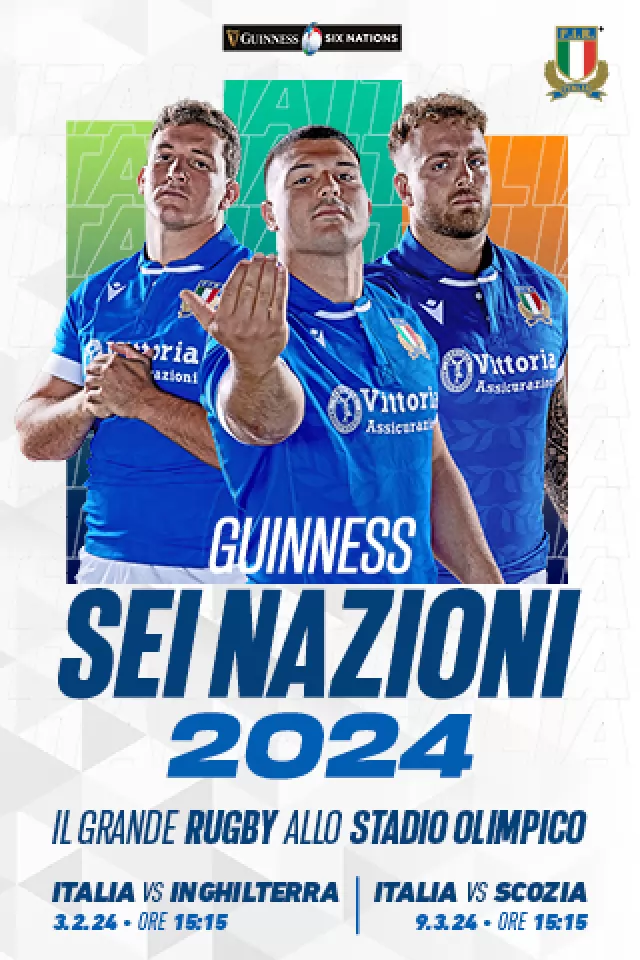San Casciano dei Bagni continues to yield treasures.
Archaeologists in Italy have made extraordinary new discoveries at an ancient hot water springs in Tuscany, illuminating the site's rich Etruscan and Roman history.
The remarkable new finds at San Casciano dei Bagni - which include bronze snakes and statues, a gold crown and gold ring, and thousands of coins - were presented by Italy's culture ministry on Tuesday.
The newly uncovered treasures follow the sensational discovery two years ago of 24 ancient bronze statues, dating to between the second century BC and the first century AD, at the site in the hilltop town, located about 160 km north of Rome.
The ancient bath complex, which hosted a shrine used for healing purposes, is believed to have existed from at least the third century BC, with its sacred waters remaining in use until the fifth century AD.
The area where the archaeologists made the latest finds is the site of the Bagno Grande pool into whose waters the Etruscans and Romans threw votive offerings.

The trove of precious artefacts, preserved by the thermal waters and warm mud, emerged from almost five metres underground in excavations led by archaeologist Jacopo Tabolli.
Male and female bronze sculptures were unearthed, including a second-century BC statue of a man cut in half lengthwise, "from the neck to the genitals", given as a votive offering by a certain Gaius Roscius, the culture ministry said.
The series of bronze snakes includes an almost one-metre-long bearded serpent believed to represent Agathos Daimon, or 'Good Spirit', a multifaceted deity of ancient Mediterranean religion.
The finds also include inscriptions in both Etruscan and Latin, precious stones, thousands of coins dating from the Republican and Imperial ages, and eggs, some of which were still intact.
The culture ministry said the treasures will go on display in a new museum set to open in San Casciano towards the end of 2026.
Image courtesy Ministero della Cultura (Copyright SABAP-SI Comune di San Casciano dei Bagni Unistrasi) Photo Emanuele Mariotti.


















